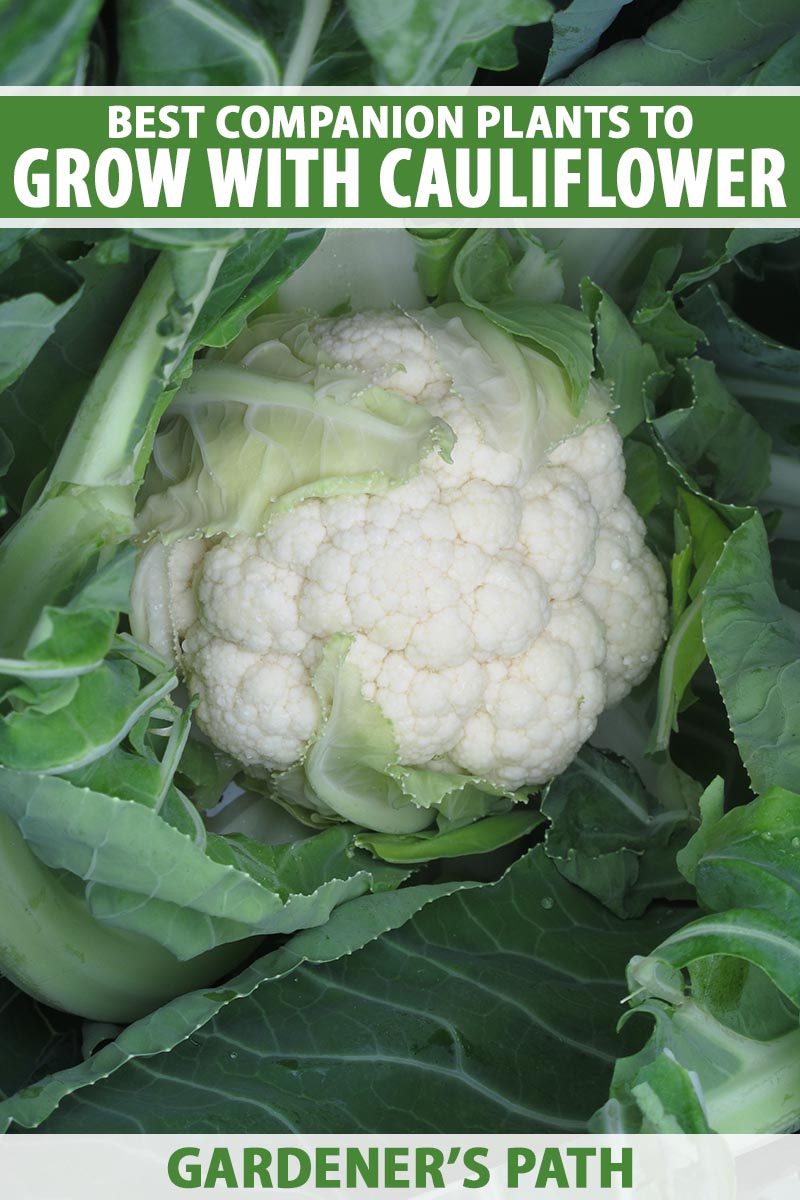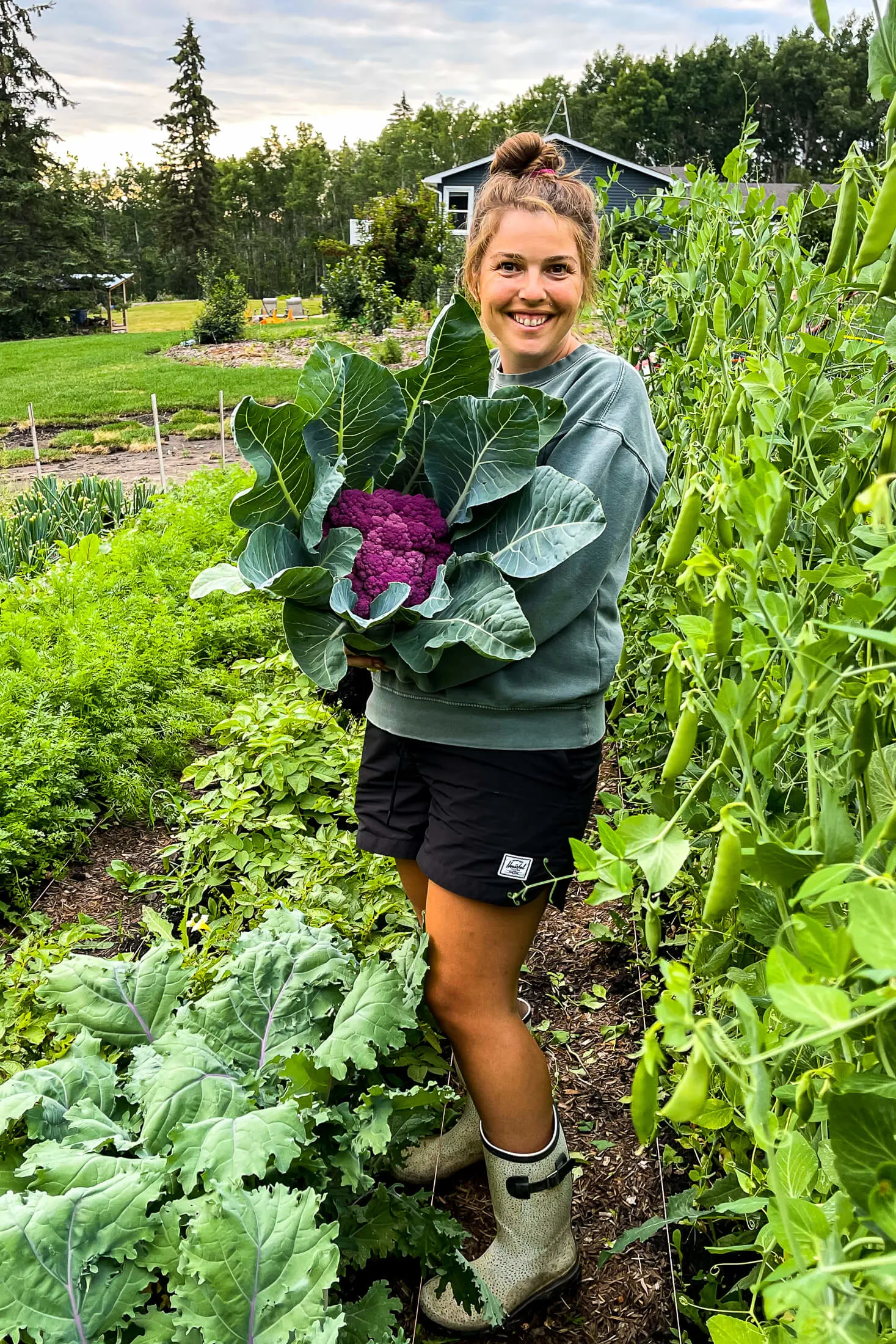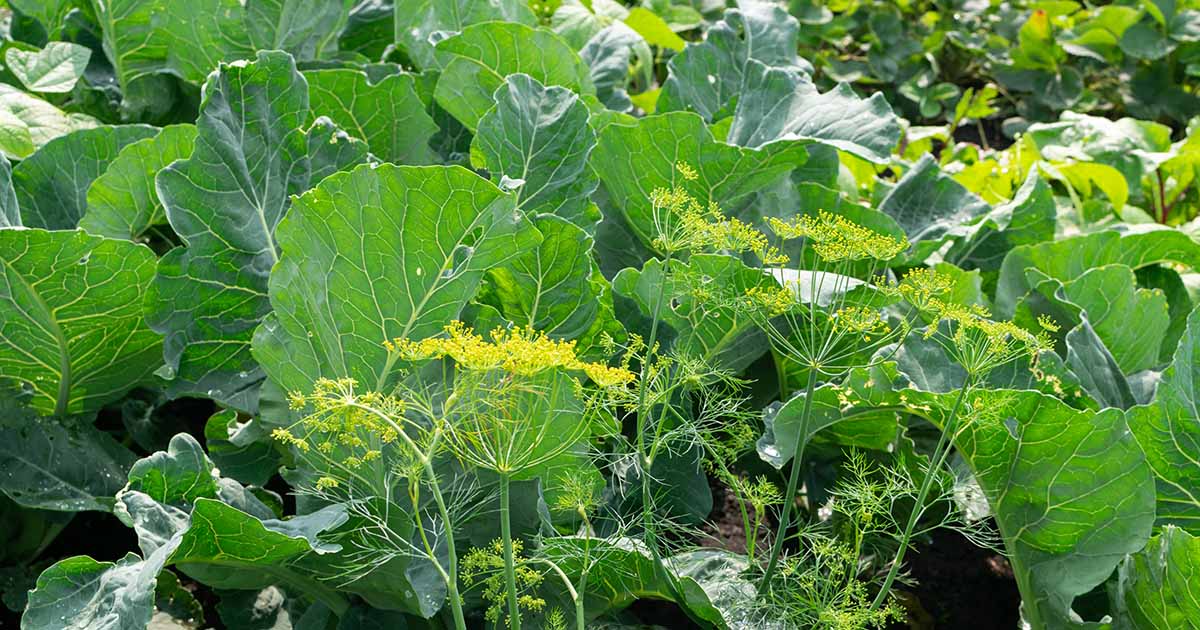The Ultimate Guide To Companion Planting With Cauliflower
The Ultimate Guide to Companion Planting with Cauliflower
Cauliflower is a delicious and versatile vegetable that can be enjoyed in many different ways. But did you know that companion planting can help you grow healthier and more productive cauliflower plants?
Companion planting is a gardening technique that involves planting certain plants together to benefit each other. Some plants attract beneficial insects, while others deter pests. Some plants improve the soil quality, while others provide shade or windbreaks.
When you companion plant cauliflower, you can take advantage of these benefits to help your plants thrive. In this guide, we will discuss the best companion plants for cauliflower, as well as some plants that you should avoid planting near cauliflower.
Benefits of Companion Planting with Cauliflower
There are many benefits to companion planting with cauliflower. Some of the most common benefits include:
- Reduced pest pressure: Some companion plants release chemicals that deter pests from attacking cauliflower plants. For example, marigolds release a scent that repels cabbage moths, which are a common pest of cauliflower.
- Improved pollination: Some companion plants attract beneficial insects, such as bees and butterflies. These insects help to pollinate cauliflower flowers, which leads to a better harvest.
- Improved soil quality: Some companion plants, such as legumes, fix nitrogen in the soil. This helps to improve the nutrient content of the soil, which can benefit cauliflower plants.
- Reduced competition for resources: When you companion plant, you can choose plants that have different nutrient and water requirements. This helps to ensure that your cauliflower plants have the resources they need to grow healthy and strong.
Best Companion Plants for Cauliflower
There are many different companion plants that you can grow with cauliflower. Some of the best options include:
- Marigolds: Marigolds are a popular companion plant for many vegetables, including cauliflower. They release a scent that repels cabbage moths, which are a common pest of cauliflower. Marigolds also attract beneficial insects, such as ladybugs and lacewings.
- Nasturtiums: Nasturtiums are another good companion plant for cauliflower. They attract beneficial insects, such as aphids and whiteflies. They are also edible, adding a spicy flavor to salads and other dishes.
- Onions: Onions are excellent for attracting beneficial insects, such as ladybugs and lacewings. They also have a strong scent that helps to repel some pests.
- Dill: Dill is a natural attractant for beneficial insects, such as hoverflies. These insects are natural predators of aphids. Dill also helps to improve the flavor of cauliflower.
- Kale: Kale is a member of the same family as cauliflower (the Brassica family), but it is not as susceptible to the same pests and diseases. Kale can also help to attract beneficial insects to your garden.
- Garlic: Garlic is a strong-scented herb that can help to repel pests. It can also help to improve the flavor of cauliflower.
- Potatoes: Potatoes and cauliflower can be planted together because they have different nutrient requirements. Potatoes need more nitrogen, while cauliflower needs more phosphorus. This helps to prevent the plants from competing for resources.
- Spinach: Spinach is a leafy green vegetable that can be planted near cauliflower. It helps to attract beneficial insects and improve the soil quality.
Plants to Avoid Planting Near Cauliflower
There are a few plants that you should avoid planting near cauliflower. These plants include:
- Broccoli: Broccoli is a member of the same family as cauliflower (the Brassica family), so it is susceptible to the same pests and diseases. Planting broccoli near cauliflower can increase the risk of pest infestation.
- Cabbage: Cabbage is another member of the Brassica family that should not be planted near cauliflower.
- Cucumbers: Cucumbers and cauliflower have different water requirements. Planting them together can lead to waterlogged soil, which can damage both plants.
- Peas: Peas and cauliflower have different nutrient requirements. Planting them together can lead to nutrient deficiencies in both plants.
Conclusion
Companion planting is a great way to improve the health and productivity of your cauliflower plants. By planting the right companion plants, you can help to reduce pest pressure, improve pollination, and improve soil quality.
When choosing companion plants for cauliflower, it is important to consider the plants' nutrient and water requirements, as well as their susceptibility to pests and diseases. By following these tips, you can create a healthy and productive cauliflower garden.
Cauliflower is a delicious and versatile vegetable that can be grown in many different climates. But did you know that companion planting can help to improve your cauliflower harvest?
Companion planting is the practice of planting certain crops together in order to benefit each other. Some companion plants can help to deter pests, attract beneficial insects, or improve the soil quality.
For cauliflower, some of the best companion plants include:
- Beans: Beans fix nitrogen in the soil, which can help to improve the growth of cauliflower.
- Celery: Celery deters pests such as cabbage moths and flea beetles.
- Onions: Onions repel nematodes, which can damage cauliflower roots.
- Marigolds: Marigolds release a scent that deters pests such as aphids and whiteflies.
- Nasturtiums: Nasturtiums attract beneficial insects such as ladybugs and lacewings, which help to control pests.
For more information about companion planting with cauliflower, please visit Gardenia Inspiration. This website provides a comprehensive guide to companion planting, including information on the best plants to grow with cauliflower, as well as tips on how to plant and care for your cauliflower crop.
FAQ of companion planting with cauliflower
- What are the best companion plants for cauliflower?
Some of the best companion plants for cauliflower include:
- Beans: Beans are nitrogen-fixing plants, which means they can help to improve the soil quality for cauliflower. They also provide shade for cauliflower plants, which can help to prevent them from bolting (flowering prematurely).
- Celery: Celery has strong aromatic leaves that can help to repel pests from cauliflower plants. It also helps to attract beneficial insects, such as ladybugs and hoverflies, which can help to control pests.
- Onions: Onions have a strong smell that can help to deter pests from cauliflower plants. They also help to improve the flavor of cauliflower.
- Spinach: Spinach is a cool-season crop that can help to suppress weeds and provide shade for cauliflower plants. It also helps to improve the soil quality by adding nitrogen.
- Swiss chard: Swiss chard is another cool-season crop that can help to suppress weeds and provide shade for cauliflower plants. It also helps to improve the soil quality by adding nitrogen.
- What plants should I avoid planting near cauliflower?
There are a few plants that you should avoid planting near cauliflower, including:
- Cabbage: Cabbage is a member of the same plant family as cauliflower, and planting them too close together can increase the risk of pests and diseases.
- Kohlrabi: Kohlrabi is another member of the brassica family, and it should be avoided for the same reasons as cabbage.
- Melons: Melons can attract pests that also target cauliflower, such as cucumber beetles.
- Potatoes: Potatoes can harbor a fungus called the potato scab, which can also infect cauliflower.
- Tomatoes: Tomatoes can attract pests that also target cauliflower, such as tomato hornworms.
- How far apart should I plant cauliflower?
Cauliflower plants need plenty of space to grow, so you should plant them at least 2 feet apart. If you are planting in rows, the rows should be at least 3 feet apart.
- When should I plant cauliflower?
Cauliflower is a cool-season crop, so it is best to plant it in the spring or fall. In warm climates, you may also be able to plant it in the winter.
- How do I care for cauliflower plants?
Cauliflower plants need regular watering, especially during hot weather. They also need full sun and well-drained soil. You should fertilize cauliflower plants every few weeks with a balanced fertilizer.
Image of companion planting with cauliflower
- Cauliflower and beans: Beans fix nitrogen in the soil, which is beneficial for cauliflower. They also help to suppress weeds.

- Cauliflower and celery: Celery helps to repel pests from cauliflower. It also provides shade for the cauliflower's roots.

- Cauliflower and onions: Onions help to repel pests from cauliflower, such as cabbage moths and aphids. They also help to improve the flavor of the cauliflower.

- Cauliflower and marigolds: Marigolds help to repel pests from cauliflower, such as aphids and whiteflies. They also help to improve the flavor of the cauliflower.

- Cauliflower and nasturtiums: Nasturtiums help to repel pests from cauliflower, such as aphids and cabbage moths. They also help to improve the flavor of the cauliflower.

Post a Comment for "The Ultimate Guide To Companion Planting With Cauliflower"